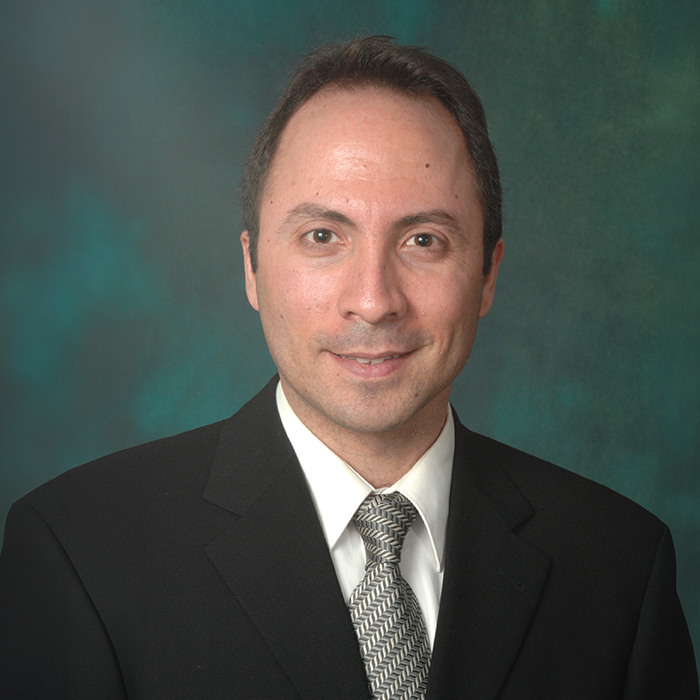 Credit: Unsplash.com
Credit: Unsplash.com
Barring the total prevention of the onset of ocular disease in the first place, ocular regeneration could be considered the ultimate ambition when it comes to ophthalmic disease management. The ability to go beyond treating symptoms and halting progression towards regenerating damaged eye tissue, reestablishing natural ocular structures, and, ultimately, restoring patient vision is a dream of many – but how far away are we?
To answer that question, we must look back at the trends in this field over the past decade or so. According to Ali Djalilian, a recognized authority on ocular surface regeneration and the Searls-Schenk Professor of Ophthalmology at the University of Illinois College (UIC) of Medicine’s Department of Ophthalmology, there have been five primary areas of innovation in ocular regenerative therapy advancements:
Cell-based therapy – major advancements in this area have been the use of cultured corneal endothelial cells by Shigeru Kinoshita’s lab, and the demonstration of the efficacy of mesenchymal stem cells (MSCs), and MSC-derived extracellular vesicles as a regenerative therapy by Djalilian’s lab at UIC.
Gene therapy – correcting the underlying genetic cause of genetic ocular diseases. Of particular interest is the use of gene editing within the eye using CRISPR-based therapies. An example of this is voretigene neparvovec (Luxturna) which has been approved for the treatment of inherited retinal disease.
Tissue engineering – the development of bioengineered ocular tissues, through organoids, or more recently, 3D bioprinting (as highlighted above), could alleviate shortages of donor tissues and improve transplantation surgery outcomes.
Neuroprotection and neurogeneration – the development and application of therapeutic agents capable of preventing cell death of optical neurons, as well as restoring both function to damaged neurons, as well as neuronal numbers in diseases such as neurotrophic keratopathy and glaucoma. The topical nerve growth factor cenegermin is the leading product in this space.
Drug delivery – development of sustained drug delivery systems, such as ocular implants and micropumps, for the treatment of chronic ocular conditions, that aim to reduce the need for frequent injections and improve patient compliance.
Beyond these established areas, there are other emerging areas within ocular regenerative therapies, such as optogenetics – which has the potential to restore vision by making non-photosensitive cells responsive to light, theoretically bypassing damaged photoreceptors – and nanoparticle-based therapies (also highlighted above) that may be capable of delivering drugs or genes directly to specific cells on the ocular surface and target disease.
Though ocular regenerative therapies cover vast and very different areas of scientific innovation, they are united in both their focus and the obstacles that they face, say Djalilian and Mohammad Soleimani – a cornea specialist and member of Djalilian’s lab. “Ocular regenerative therapies must address several crucial areas to be effective, safe, and meet patient needs,” they explain. “Targeted delivery is essential to precisely reach the affected areas without harming healthy tissue – a significant challenge due to the eye’s complex anatomy. Once there, therapeutics and regenerated tissue need to remain viable long-term without repeated treatments, all while withstanding ocular environmental stress.” Beyond this, for successful translation into clinical practice, ocular regenerative therapies will also need to be scalable and accessible, integrate with existing therapies with standardized processes, and take into account both ethical and regulatory considerations.
If meeting all of these needs seems like a steep challenge, Djalilian offers some hope, believing that we are beginning to see the positive changes that ocular regenerative therapies could bring to the ophthalmology space. “Currently, given the trajectory of ocular regenerative therapies, the field is on the cusp of remarkable advancements, encompassing treatments for both the ocular surface and the entire eye, driven by breakthroughs in various scientific domains,” he says.
Alongside its incorporation into clinical practice, ongoing research in regenerative therapies will continue to enrich the medical community’s understanding of ocular disease, propagating further superior diagnostic and therapeutic strategies that yield greater long-term patient satisfaction.
It is clear that advances in the field of regenerative medicine can give rise to incredible possibilities within the near future of eye care, and it is to this end that Djalilian and Soleimani continue to push forward. “This rapidly evolving field offers clinicians the opportunity to engage in and contribute to groundbreaking work, furthering their professional development,” they explain. “Overall, the progression of ocular regenerative therapies is set to revolutionize eye disease treatment, offering new hope to patients and opening new frontiers for clinicians dedicated to restoring and preserving sight.”
 Credit: Unsplash.com
Credit: Unsplash.com
 Ali Djalilian (Credit: Headshot supplied)
Ali Djalilian (Credit: Headshot supplied)